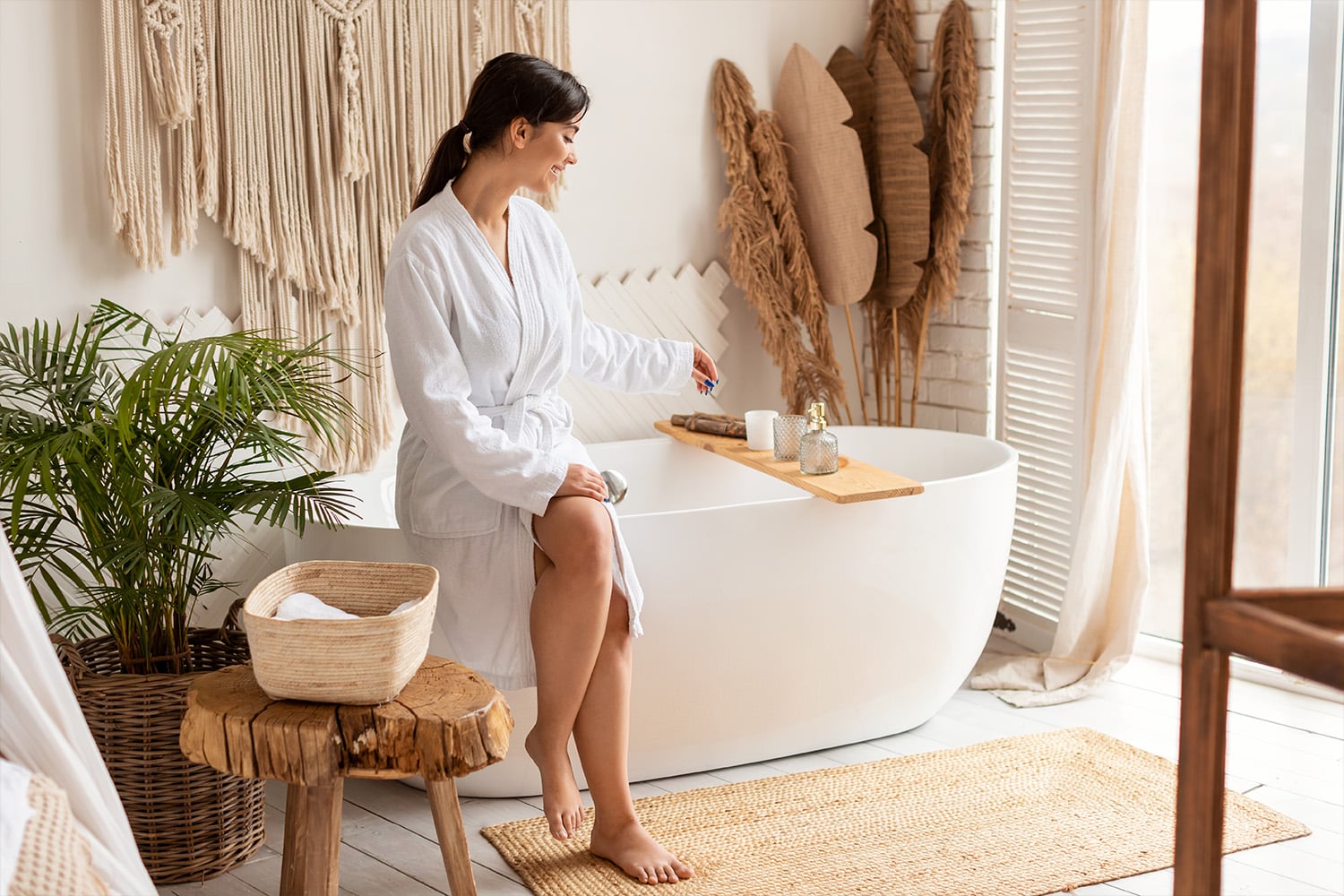How to Successfully Plan for a Condo Bathroom Remodel
By: Melecio Martin G. Arranz IV

A condo bathroom remodel can instantly transform your home experience. It’s one of the most used spaces in any unit, and when designed well, it adds comfort, convenience, and lasting value. In a dense city like Metro Manila, where every square meter counts, upgrading your bathroom can make even a compact layout feel more open and functional.
But remodeling in a condo isn’t as simple as in a house. You need to follow building rules, work within tight spaces, and coordinate schedules with property management. High humidity during the rainy season, limited elevator access for materials, and noise restrictions can also affect the project.
With careful planning and the right approach, you can achieve a bathroom that feels modern and efficient without the usual renovation headaches.
4 Key Considerations Before Starting a Condo Bathroom Remodel
Before you begin, cover the basics to avoid costly delays and design mistakes.
1. Understand your existing layout
Most condo bathrooms in the Philippines have fixed plumbing and electrical systems. Moving a sink, shower, or toilet may require special approval and thorough planning or may not be allowed at all. Knowing these limitations helps you plan a design that works within your existing constraints.
2. Check your building’s renovation rules
Condominium buildings have their own policies on work schedules, contractor access, noise levels, and debris disposal. Some require permits, deposits, or pre-approved contractors before any work starts. Always clarify these details early.
3. Plan a realistic budget
Remodeling costs vary depending on finishes, labor, and design complexity. Set aside a contingency fund of 10% to 20% of your total project budget to cover unexpected issues, such as hidden leaks or outdated wiring. Remember that condo renovations often involve additional logistics, such as material delivery restrictions or debris hauling.
4. Choose designs that maximize limited space
Bathrooms in most condos have compact layouts, so prioritize smart storage and finishes that make the room feel more open. Floating vanities, recessed shelving, and light-colored tiles can create the illusion of more space without major structural changes.
Planning for Your Condo Bathroom Remodel: A 7-Step Process
Once you’ve handled the initial groundwork, it’s time to move into the actual planning process. This stage integrates all details into a seamless workflow, from scheduling to material selection, hiring, and coordination.

1. Map out the timeline clearly
Work with your contractor to create a realistic schedule that accounts for demolition, rough-ins, waterproofing, and finishing work. Condo renovations can take longer than house projects because of restricted work hours and required inspections. For example, even a simple tile replacement may require approval and post-work sign-offs from your building engineer before you can proceed to the next step.
If you’re sourcing imported tiles or fixtures, factor in lead times. In the Philippines, shipping delays or supply shortages can extend a project by weeks if you don’t order early.
2. Select materials that suit the climate and everyday use
Homes in the Philippines often experience high humidity and temperature changes, so material choices should be both stylish and durable. Porcelain tiles resist moisture better than natural stone and are easier to maintain. For cabinetry, use marine plywood or PVC (Polyvinyl Chloride) boards instead of MDF (Medium-Density Fiberboard), which can warp in humid environments.
Consider using non-slip tiles for flooring, especially in areas prone to moisture or wet conditions. Many upscale condos also use frameless glass shower enclosures because they have fewer seams and edges where dirt can accumulate, making them easier to maintain and helping the space feel more open. For countertops, engineered quartz is popular due to its stain resistance and sleek appearance, without the upkeep of marble.
3. Coordinate closely with professionals
Beyond choosing a reliable contractor, you’ll also benefit from consulting a designer who specializes in condo bathroom renovation. They can optimize lighting placement, recommend fixtures proportionate to your space, and help balance function with aesthetics.
Ask your contractor how they handle condo-specific logistics, like protecting common hallways during material transport or booking service elevators. The best teams already have systems in place to meet these requirements without delays.
4. Plan for water and electrical upgrades early
Even if you’re not moving major fixtures, upgrading old pipes or wiring can prevent future leaks and power issues. If your condo unit is more than 10 years old, ask your contractor to inspect for corrosion or outdated fittings.
Consider installing water-saving fixtures such as dual-flush toilets or low-flow showerheads for a more efficient bathroom. LED lighting not only saves energy but also effectively brightens small bathrooms. Planning these upgrades alongside the remodel saves you from having to reopen finished walls later.
5. Decide on storage and accessory placement ahead of time
Storage is often overlooked until the last minute. Decide early where towel bars, shelves, and hooks will go so they can be integrated seamlessly into the design. Custom cabinetry, recessed niches in shower areas, and mirrored medicine cabinets add function without clutter.
Accessory planning also helps you avoid drilling into newly finished walls after the remodel, which can damage waterproofing layers.
6. Prepare for temporary adjustments to your routine
During the remodel, you may experience a temporary loss of access to the bathroom for several days or even weeks. If you have only one bathroom, discuss with your contractor how they can phase the work to minimize downtime. Some owners temporarily stay with family or book short-term accommodations to avoid the inconvenience.
Expect a bit of noise and increased foot traffic in the building. Most contractors experienced in condo bathroom remodel projects will handle protective measures like hallway covers and elevator padding, but it’s worth confirming who is responsible for these details.
7. Plan the final handover carefully
Once the remodel is complete, walk through the finished space with your contractor to review the work. Check tile alignment, grout work, and waterproofing seals. Test every fixture, from faucets to showerheads, lighting, and ventilation. Condo associations may require a post-renovation inspection before they release your construction bond, so make sure everything passes on the first try.
Finishing Touches That Last

A condo bathroom remodel is one of the most impactful upgrades you can make to your home. With precise planning, the right professionals, and ideal materials, you can transform a compact space into a functional and elegant retreat that adds both comfort and value to your unit. When done thoughtfully, it makes everyday living easier and more enjoyable.
If you’re considering a move before investing in a renovation, Federal Land offers beautifully designed homes where bathrooms are already planned with modern living in mind. Mi Casa, a condominium in Pasay City, reflects refined interiors and urban leisure. Meanwhile, Six Senses Residences and Palm Beach West are Pasay condos that redefine convenience and style.
As a trusted real estate developer in the Philippines, Federal Land creates spaces that balance function, aesthetics, and long-term value, making future upgrades simpler and more seamless.
Ready to find a home designed for comfort from day one? Contact us today to learn more.

